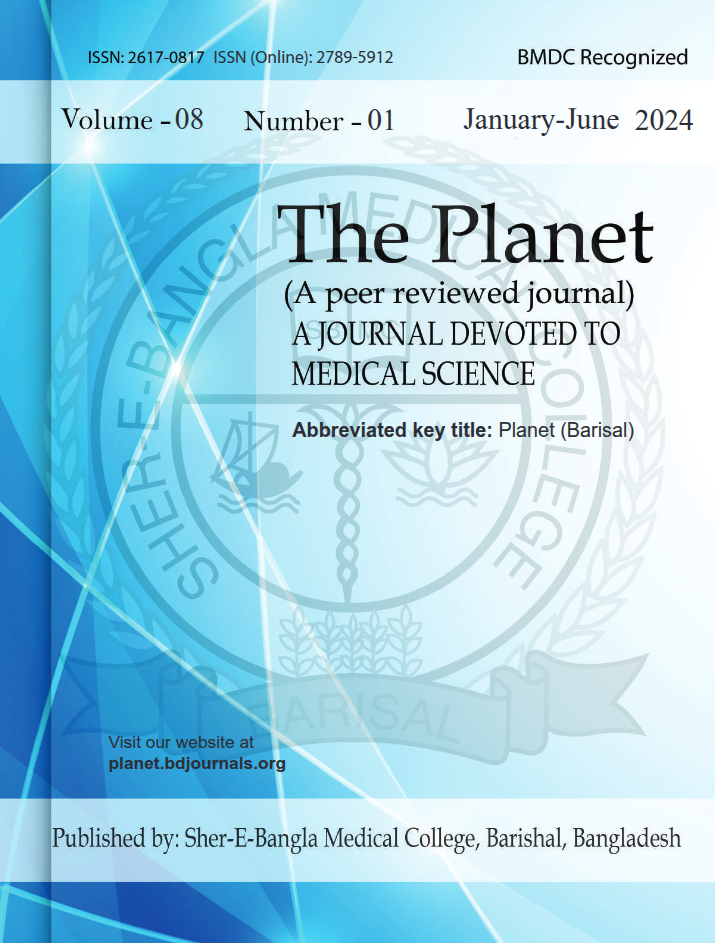Abstract
Introduction: Vitiligo is a chronic autoimmune disorder causing skin depigmentation due to melanocyte loss. Topical therapies like tacrolimus and ruxolitinib modulate immune responses to restore pigmentation. Tacrolimus inhibits T-cell activation, while ruxolitinib blocks pro-inflammatory cytokines. However, direct comparisons of their safety and efficacy are limited. Methods & Materials: This randomized controlled trial was conducted at CMH, Savar, from April 2023 to March 2024. Thirty vitiligo patients were randomly divided into two groups: one treated with topical Ruxolitinib cream and the other with topical Tacrolimus ointment. Efficacy and safety were assessed via clinical evaluation, scoring scales, and photography, with statistical analysis determining differences between groups. Results: The mean age of participants was similar in both groups (32.4 ± 1.2 years in Tacrolimus vs. 31.8 ± 1.5 years in Ruxolitinib). The Ruxolitinib group showed greater repigmentation, with 46.7% achieving 51-75% repigmentation versus 13.3% in the Tacrolimus group (p<0.05). Additionally, 26.7% in the Ruxolitinib group achieved >75% repigmentation, while none in the Tacrolimus group did. Patient satisfaction was higher with Ruxolitinib (20.0% very satisfied vs. 6.7% in the Tacrolimus group, p<0.05). Physician’s Global Assessment showed better outcomes in the Ruxolitinib group. Facial lesions responded better in both groups. Adverse events were mild, with slightly higher incidence in the Tacrolimus group (26.7% vs. 20.0%, p>0.05). No severe adverse reactions were observed. Conclusion: Both treatments were effective, but ruxolitinib showed superior repigmentation and higher patient satisfaction in less time. Safety profiles were similar, though larger studies are needed for confirmation.

This work is licensed under a Creative Commons Attribution 4.0 International License.
Copyright (c) 2024 The Planet


 PDF
PDF